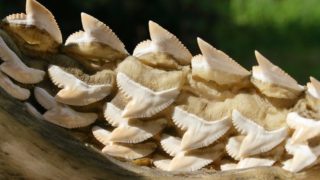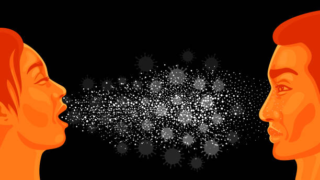
Online harassment toward women
Author: Martha R. Villabona works at Subdirección General de Cooperación Territorial e Innovación Educativa of the Spanish Ministry of Education and Vocational Training, where she coordinates the area of multiple literacies. The seemingly unlimited possibilities of citizen participation in social networks are affected by the polarization of debate, the aggressive style of communication and the […]








